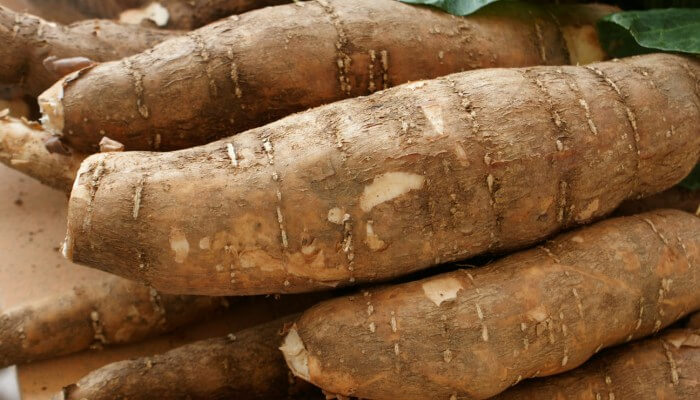(Ver versión en Español 🇲🇽)
The History of Cassava in Palizada, Campeche
Cassava (Manihot esculenta) is a crop of great importance in Palizada, Campeche, with a history dating back to pre-Hispanic times. Native to South America and Mesoamerica, cassava has been a staple food for many indigenous cultures, including the Maya, who cultivated it in the region before the arrival of the Spanish.

Cassava in Pre-Hispanic Times
The Maya used cassava as a fundamental source of carbohydrates, especially in areas where corn did not grow easily. Known for its drought resistance and ability to adapt to different types of soil, cassava became a key crop in the diet of the ancient inhabitants of the region.
In pre-Hispanic cuisine, cassava was processed in various ways:
- Boiled or roasted as a side dish to other foods.
- Ground to prepare tortillas and bread.
- Fermented to make traditional beverages.
The Spanish Introduction and Agriculture in Palizada
During the colonial era, the Spanish promoted agriculture in southeastern Mexico, including Campeche. The production of cassava continued in Palizada due to its ease of cultivation in humid, fertile soils, making it an essential food for the local communities.
Over time, cassava continued to be a part of the daily diet of the people of Palizada, especially in the preparation of tamales, atoles, and traditional stews.
Economic and Cultural Importance
Today, cassava remains a relevant crop in Palizada, both for local consumption and for sale in regional markets. Its versatility makes it a key ingredient in Campeche’s cuisine, featuring dishes such as:
- Cassava bread
- Cassava buns (a type of tamale)
- Traditional sweets made with grated cassava and sugar
- Cassava atole, a thick and nutritious drink
Additionally, in Palizada, many families continue to grow cassava in the traditional way, preserving agricultural practices passed down from their ancestors.



